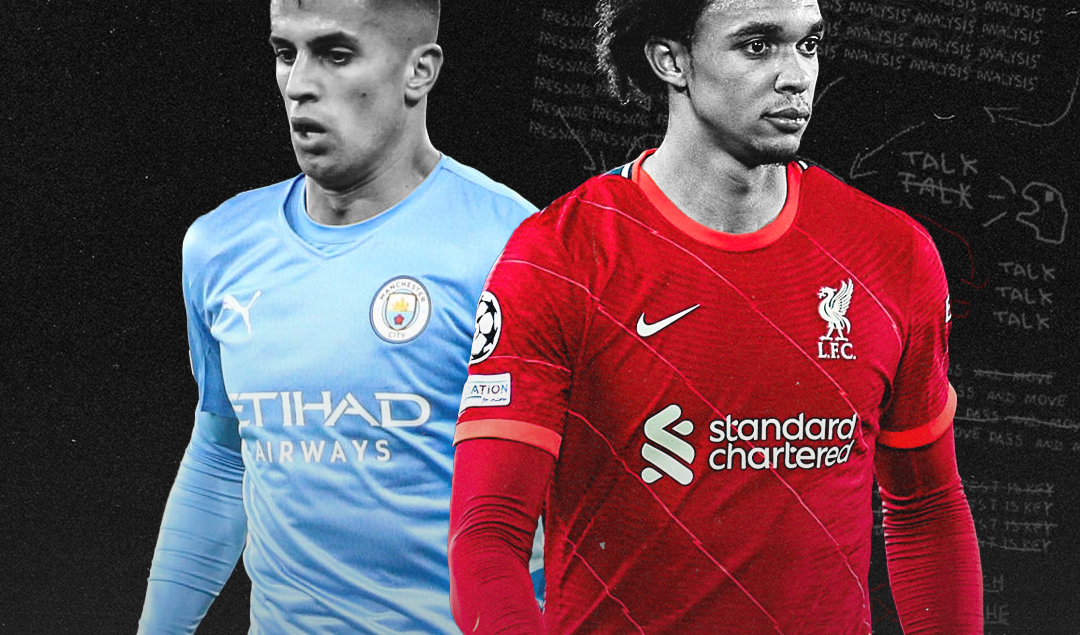The Traditional Fullback: A Wall on the Flank
In older tactical systems, fullbacks were mostly defenders first. Their job was to mark wingers tightly, close down wide space, and prevent crosses. Creativity or forward movement was not expected of them. Teams relied on these players for their discipline, physicality, and positioning, not flair. They operated almost exclusively within their defensive third and were praised for clean tackles rather than assists.
A New Dynamic: Fullbacks Enter the Attack
Modern football demanded more, and fullbacks adapted. They began to push higher up the field, becoming essential in maintaining width and supporting overlapping runs. Now, fullbacks are expected to stretch defenses, create overloads, and deliver accurate crosses into the box. This shift in function mirrors systems where dual responsibility—defense and initiative—is a must. The evolution is mirrored even beyond football; https://casino-smokace.org/ Smokace Casino reflects that duality in a different context—calculated structure paired with fluid movement. Fullbacks now often lead transitions, sprint box-to-box, and carry a share of attacking responsibility once reserved for midfielders.
Systems Where Fullbacks Drive Creativity
Several tactical setups place fullbacks at the heart of attacking buildup. Under certain managers, fullbacks have become chief creators.
- At Liverpool, Trent Alexander-Arnold delivers playmaking passes from wide-right.
- At Manchester City, fullbacks often tuck in, supporting the midfield.
These aren’t exceptions—they’re blueprints. Teams use fullbacks to manipulate space, pin back opposition wingers, and break defensive blocks. Their involvement redefines the width and pace of possession play.
Inverted Fullbacks: Shifting Inward with Purpose
A more recent tactical adjustment has been the use of inverted fullbacks. Instead of hugging the touchline, they drift into central areas to assist ball progression and compress space. This movement disrupts pressing lines and adds an extra man in midfield during buildup.
Key purposes of inversion:
- Secure numerical superiority in midfield
- Allow wingers to stay wide and high
- Control central zones during transitions
This role requires an entirely different reading of the game—players must combine intelligence, timing, and comfort on the ball in tight spaces.
What It Takes: Attributes of the Modern Fullback
Today’s fullbacks must blend endurance with technical skill. The demands placed on them are among the highest in the game.
Essential traits include:
- Tactical awareness to read offensive and defensive phases
- Speed to recover and overlap
- Ball control under pressure
- Delivery precision from wide areas
Players such as João Cancelo, Achraf Hakimi, and Alphonso Davies exemplify this evolution—fusing defensive reliability with attacking intent. The modern fullback is no longer a silent guardian of the flank; they are often the pulse of the entire side.
